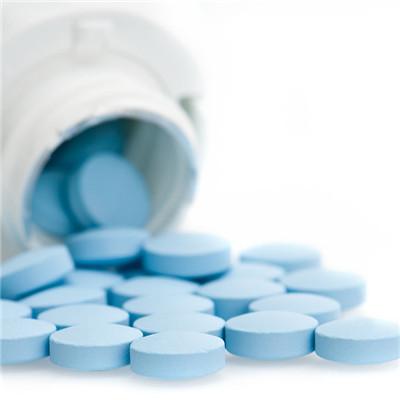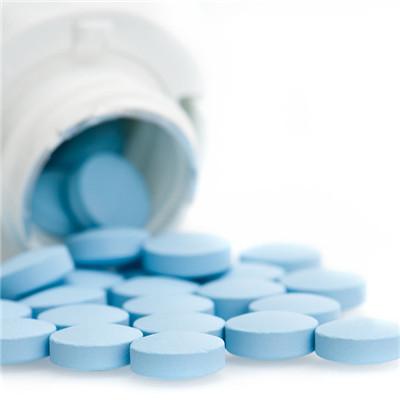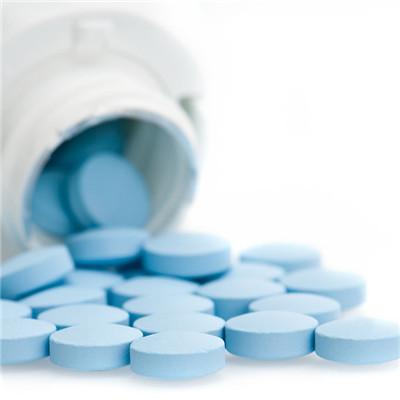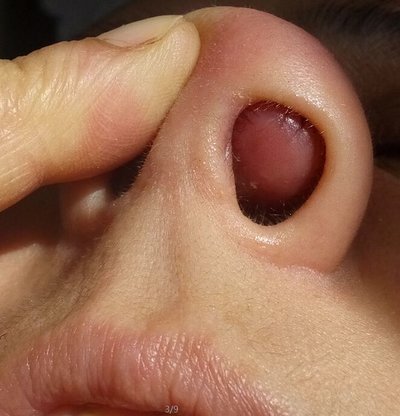Early symptoms of hereditary coronary heart disease?
summary
In the treatment of coronary heart disease, if the early detection of the disease, and take treatment, patients will be less hurt. So, how to detect coronary heart disease early? We now come to the specific introduction for you, hoping to effectively help patients with coronary heart disease. Early symptoms of hereditary coronary heart disease? Let's talk about it
Early symptoms of hereditary coronary heart disease?
Angina pectoris: it is characterized by a feeling of pressing and distension behind the sternum, accompanied by obvious anxiety, lasting for 3 to 5 minutes. It often radiates to the left arm, shoulder, mandible, throat, back, and can also radiate to the right arm. Sometimes it can involve these parts without affecting the posterior sternum. Exertion, emotional excitement, cold, satiety and other conditions that increase myocardial oxygen consumption are called exertional angina pectoris, Rest and nitroglycerin release. Sometimes angina pectoris is not typical, can be manifested as tight breath, syncope, weakness, belching, especially in the elderly. Stable angina pectoris refers to the exertional angina pectoris with onset of more than one month. Its location, frequency, severity, duration, the amount of labor inducing the onset, and the amount of nitroglycerin used to relieve pain are basically stable. Unstable angina pectoris refers to the increase in the frequency, duration and severity of the original stable angina pectoris, or the new onset of exertional angina pectoris (within one month), or the angina pectoris at rest. Unstable angina pectoris is the precursor of acute myocardial infarction, so once found, should immediately go to the hospital
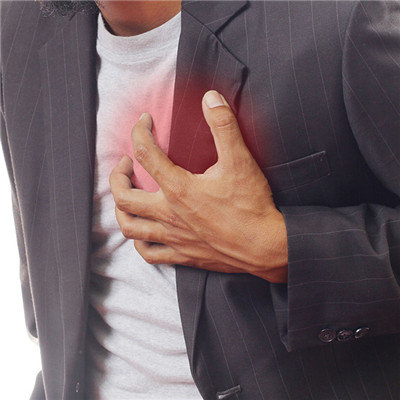
Myocardial infarction type: about one week before infarction, there are often prodromal symptoms, such as angina pectoris at rest and slight physical activity, accompanied by obvious discomfort and fatigue. During the infarction, the symptoms were persistent severe compression, stuffy feeling, even knife like pain, located behind the sternum, with constant wave and the whole anterior chest, especially on the left side. Some patients can radiate downward along the ulnar side of the left arm, causing tingling sensation in the left wrist, palm and fingers. Some patients can radiate to the upper limb, shoulder, neck and mandible, mainly on the left side. The site of pain was the same as that of previous angina pectoris, but it lasted longer and the pain was more severe. Rest and nitroglycerin could not relieve the pain. Sometimes the performance of abdominal pain, easily confused with abdominal disease. Accompanied by low fever, restlessness, sweating and cold sweat, nausea, vomiting, palpitations, dizziness, extreme fatigue, dyspnea, sense of imminent death, lasting more than 30 minutes, often up to several hours. If you find this situation, you should see a doctor immediately.
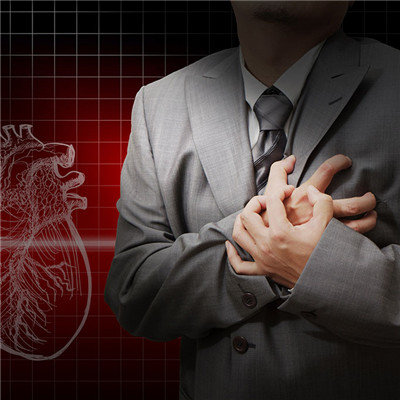
When you sleep, it's better to have a high pillow, while a low pillow will make you feel chest tightness and suffocation. When you sleep soundly or lie flat during the day, you suddenly have chest pain, palpitations and dyspnea. When you do it immediately or stand up, you will get relief.

matters needing attention
The above is our brief introduction, we hope our above introduction can help many patients. Early detection of coronary heart disease, patients must be timely to the regular hospital treatment, only in this way can ensure the safety and effectiveness of treatment. Here, I wish the patients can recover as soon as possible.




